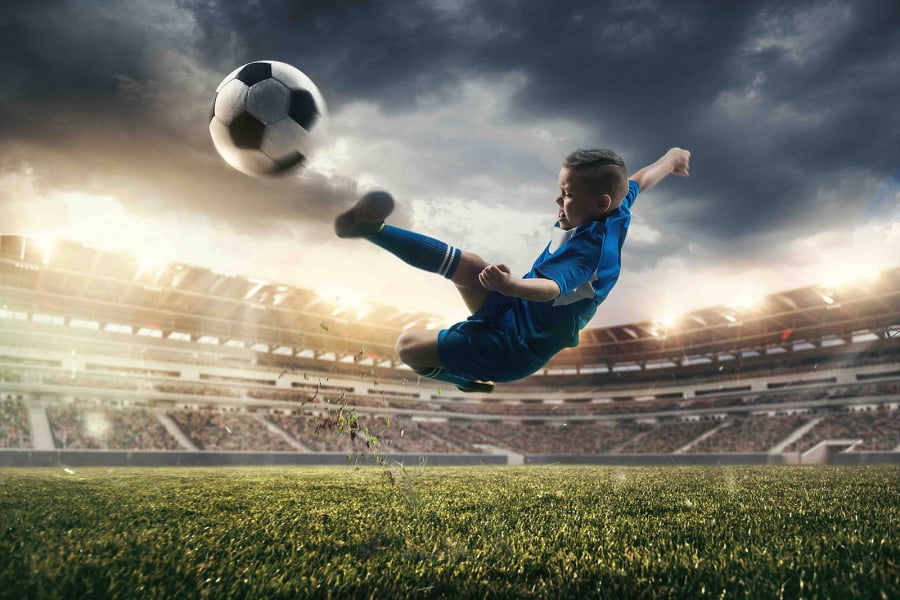FIFA Guardians and why international federations should play a greater role in safeguarding sport

An international approach to safeguarding in sport is something that is far less developed than it should be, with relatively few international sports governing bodies taking a firm lead on the issue. This is perhaps surprising given the potential benefits of adopting an international approach, the focus placed on safeguarding and child protection issues in recent years, and the work of UNICEF in this area - see, e.g., UNICEF's 2010 report, ‘Protecting Children from Violence in Sport’,[1] and its 2014 document, ‘International Safeguards for Children in Sport' (the purpose of which is to "lay the foundations for a holistic approach to ensuring children's safety and protection in all sports contexts internationally").[2] The work of Safe Sport International and its partners over a number of years is also notable.
In 2017, the IOC launched its ‘Safeguarding athletes from harassment and abuse in sport' toolkit,[3] which seeks to assist international federations and National Olympic Committees to develop and implement athlete safeguarding policies and procedures. In July 2019, FIFA launched[4] its FIFA Guardians toolkit (available here[5]), which is similarly designed to help FIFA's confederations and 211 member associations introduce stronger child safeguarding measures in football.
There can be no doubt that 'toolkits' such as the IOC's and FIFA's are very welcome developments, clearly demonstrating the capability that international governing bodies have in raising safeguarding standards by
- setting guidelines as to minimum safeguarding requirements at a national level, and
- disseminating information in respect of best safeguarding practice.
This brief article sets out the key aspects of the FIFA Guardians toolkit, providing some commentary on the document and some further steps that international governing bodies might see fit to take in respect of safeguarding and child protection. Specifically, it looks at:
- The aims of the toolkit
- The 'five principles' and the 'five steps'
- Analysis and comment
- A regulatory role for international sports governing bodies
To continue reading or watching login or register here
Already a member? Sign in
Get access to all of the expert analysis and commentary at LawInSport including articles, webinars, conference videos and podcast transcripts. Find out more here.
- Tags: Athlete Welfare | FIFA | FIFA Code of Ethics | FIFA Guardians | Football | Participation | Safeguarding | Safety | UNICEF
Related Articles
- The legal remedies for victims of child abuse in English football
- Top 10 tips for safeguarding children and vulnerable adults in sports
- Best practice for handling child abuse investigations in sport
- A review of the current inquiries & investigations into abuse in UK football
Written by
Richard Bush
I am an experienced and practically minded sports lawyer, working as a partner in our Media, Entertainment & Sports Group at Bird & Bird in London.
Having trained and qualified at a major city firm, I began my career as a sports lawyer in 2011, working as an in-house lawyer at The FA. In 2014 I went back into private practice with a highly respected boutique sports law firm, before joining the market-leading practice here at Bird & Bird in 2016.
As a consequence, I have experience of advising a wide range of sports organisations (including national and international governing bodies, event organisers, clubs, and rights-holders) across a wide variety of legal issues. I have developed a deep understanding of the wider practical challenges faced by such organisations.

 Global Summit 2024
Global Summit 2024